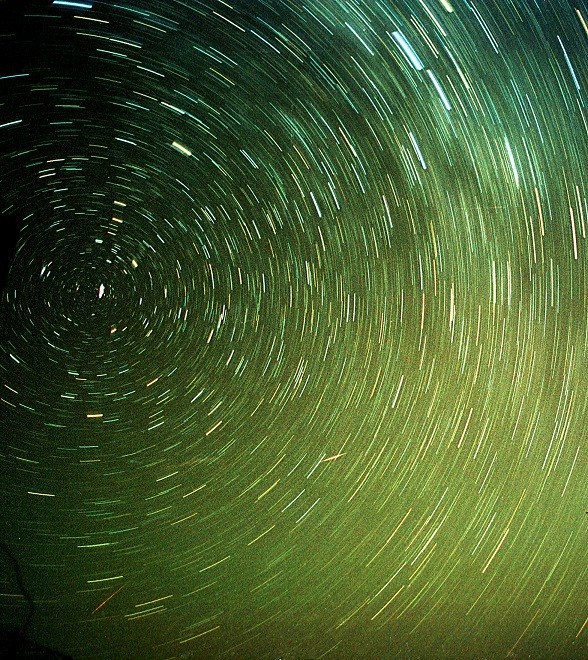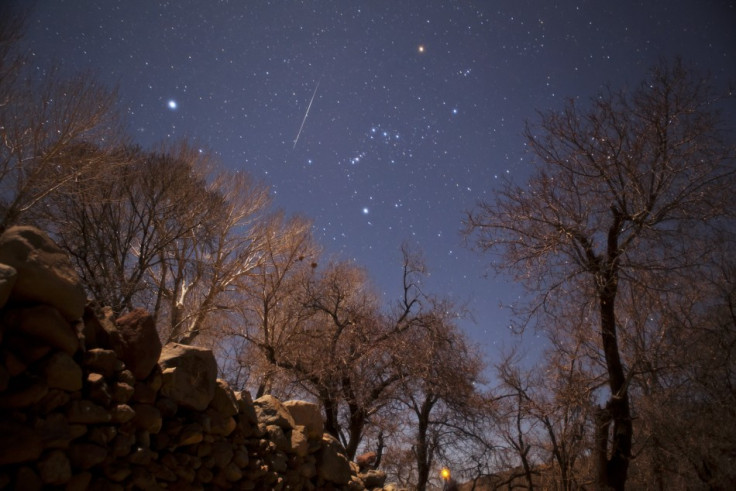Geminids 2013: Key Facts About the Best Meteor Shower of the Year

The best and most reliable meteor shower of the year is set to light up the night sky in the coming days.
The Geminid meteor shower has been visible to astronomers for the last week, but is due to peak on the night of 13/14 December, when meteors will be visible in the sky until dawn.
The shower is caused by the object 3200 Phaethon, which is believed to be a Palladian asteroid. The Geminids take place when Earth passes through the dust particles of this comet.
It originates from the constellation of Gemini, which is where the Geminids shower gets its name.
At the peak of the shower, budding astronomers will be able to see approximately 120 meteorites per hour, which are moving at around 35km per second.

Nasa said the Geminids are "one of the best and most reliable of the annual meteor showers".
Space website spacedex.com notes: "The Geminids meteor shower is the final major meteor shower of the year and also the most consistent shower in terms of putting on fruitful display. This annual meteor shower has been observed for over 500 years and is active from December 4th through December 17th (in 2013).
"The Geminids are distinguished by their multi-colored display. Observers below may be treated so several colours - 65% white, 26% yellow, and the remaining 9%, green, blue, and red."
"Meteors streak through the night sky at a moderate speed, which makes them less difficult to miss when compared to faster meteors. The Geminids are extremely bright and are every so often capable of producing fireballs."

The website adds that the meteors are very small - not much larger than a grain of sand - but because of the fast speed they put on an "impressive show".
Viewers looking to watch the meteor shower in the Southern Hemisphere may struggle and are advised to look towards the horizon, rather than high in the sky. However, people in the Northern Hemisphere should have better luck.
Spacedex says that viewers across the Northern Hemisphere can best view the shower between 9pm and 4.30am on 13/14 December, but notes that the moon is in the Waxing Gibbous phase, which may interfere with viewing.

"The Waxing Gibbous (93% full) will coincide with the peak of the Geminids this year. This may decrease the number of meteors you'll be able to see streaking through the night sky.
"For the best view, meteor gazers should face in any direction away from constellation Gemini and the moon, which will appear close to the constellation. This way you won't have the bright moon within your field of view.
"Please be aware that local conditions such as cloud cover, light pollution, and precipitation will also play a major role in the number of meteors you are likely to see. Remember to dress warmly and to get comfortable. We wish you a wonderful viewing experience, and hope that the last meteor shower display of 2013 packs in several surprises for you and yours!"
© Copyright IBTimes 2025. All rights reserved.




















